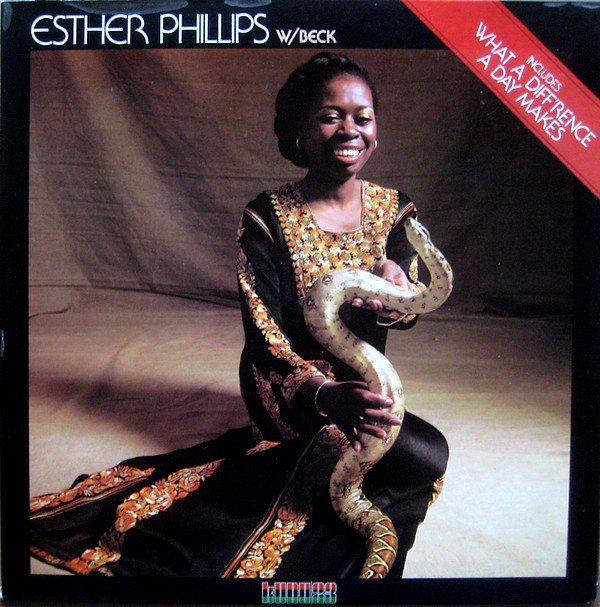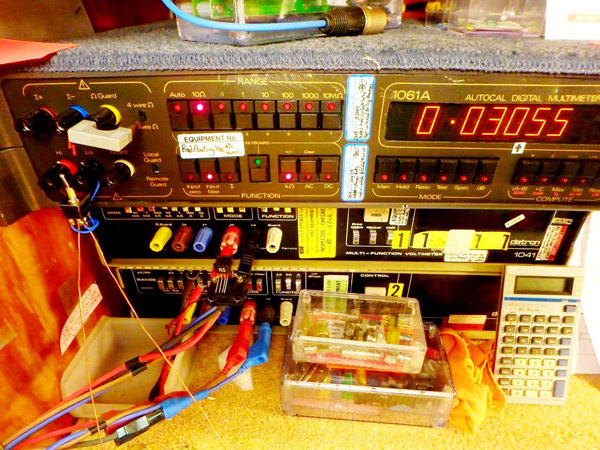| Columns Retired Columns & Blogs |
I look forward to the day when my hobby catches up to 1995 and rediscovers the ability to measure such parameters in cabling to enable consumer comparison.
Imagine the conversations we could have! It would be like talking about cartridge compliance and tonearm mass, or speaker/amp impedence matching.
The places we could go!
Thank you one million for posting this, back to the future!













































